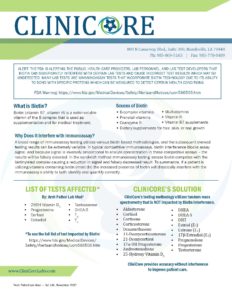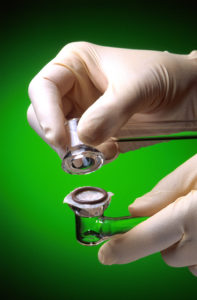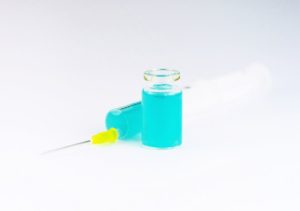
Concentrations of DHEA peak around age 30 and decline with age. The serum values have a circadian variation, and may vary during the menstrual cycle, which prompts some to suggest that DHEA-S to be a better clinical marker (longer half-life, no circadian variation).
Increased serum DHEA levels may be due to the following:
· Polycystic ovary syndrome
· Androgen-secreting adrenal carcinoma
· Cushing syndrome
· Ectopic ACTH-secreting tumor
· Premature adrenarche
Decreased serum DHEA levels may be due to the following:
· Cortisol-secreting adrenal adenoma
· Adrenal insufficiency (Addison disease)
· Postmenopausal vulvovaginal atrophy
Congenital adrenal hyperplasia: DHEA levels vary with the type of deficiency:
CAH + increased:
- 11-hydroxylase deficiency
- 3-beta-hydroxysteroid dehydrogenase deficiency
- 21-hydroxylase deficiency
CAH + decreased:
- Cholesterol side-chain cleavage enzyme deficiency
- 17-alpha-hydroxylase deficiency
References:
20. http://www.mayomedicallaboratories.com/interpretive-guide/?alpha=D&unit_code=81405




